SMS short code marketing guide and best practices for UK businesses
If you’ve ever signed up for a brand’s texts, or their SMS marketing updates, you’ve probably noticed the messages don’t look the same as the ones your friends or family send you. Right away, you might realise the phone number the message comes from is shorter than what you’re used to seeing.
What you may or may not already know is that these abbreviated numbers are actually called “short codes” or “common codes” and they serve a purpose in SMS marketing. They’re a great way for a business to send targeted and personalised text messages to a long list of subscribers. The advantage for marketers is that integrating an SMS strategy within an existing digital campaign has been made easier with SMS marketing automations that help scale owned marketing channels faster.
What is an SMS short code?
An SMS short code, is a 5 or 6-digit number that businesses use instead of the regular 10-digit “from” number for SMS marketing campaigns. These short codes are great for mass-text message sending as they have a fast per-second send speed.
UK SMS short codes are easily recognisable because they are shorter than regular cell phone numbers and can be customised to add a vanity metric to a brand’s SMS marketing campaign.
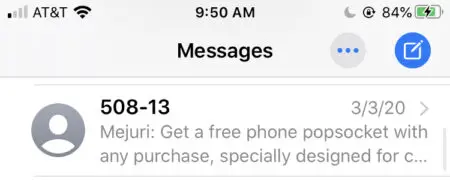
There are also long, 10-digit vanity numbers but because short codes contain fewer characters, they are easier to remember.
A vanity number is a number that spells out a word using a phone’s numeric keypad, making it easier to remember. For example, Pepsi may have a five-digit vanity number, 73774, which spells “Pepsi” on your phone’s numeric keypad.
If you’ve ever seen a business asking you to text “[keyword]” to “545667,” this is an example of a text messaging keyword campaign. This allows the business to know which marketing campaigns are driving a direct response and which aren’t.
Businesses can use these types of campaigns to allow users to vote in a contest, opt-in to receive text updates, or receive additional information about the brand.
Why use a short code for texting and how do you lookup codes?
You might wonder what the benefits of using short codes over a regular phone number are and whether it’s right for your business.
UK SMS short codes have several benefits over a traditional 10-digit number, or 10-digit long code (10DLC):
- Short codes are brief and memorable. You can use them in numerous areas of your business, from digital to print, radio, and other offline advertising channels. And you can easily create different keywords to know which marketing channels are working and which aren’t.
- They’re unmistakably a business number. When someone sees a message coming from a short code on their cell phone, they know it’s coming from a business or organisation and not someone they know.
- There’s an SMS short code directory or lookup service where users can look up short codes, which can give your text campaigns more legitimacy.
- Short code text messages deliver much faster than traditional 10-digit numbers. Long code messages can typically only deliver one message per second. If you’re sending a text to a list of 10,000 people, it could take almost three hours for all of the messages to deliver! Short codes, on the other hand, can send as quickly as 100 messages per second. This would only take just over four minutes for a text campaign to send to 10,000 people. If you’re running a flash sale or limited-time promotion, the added speed of short codes is crucial.
- Short codes can only send or receive text messages, you can’t use them for phone calls or faxes (does anybody still use fax?) so you don’t have to worry about recipients trying to use it outside the purpose of SMS.
Key differences between shared vs. dedicated short codes
Multiple businesses use a shared short code as opposed to a dedicated short code, which only one business can use.
One of the biggest benefits of shared short codes is cost savings. Multiple businesses share the cost, which reduces the total amount each individual business will spend to use the code.
Some short codes may have thousands of businesses using the code, which significantly reduces costs, but also comes with some big risks.
3 dangers of a shared SMS short code
Due to the possibility of thousands of businesses using the same number, there are many dangers associated with using a shared SMS short code for marketing.
1. You rely on other brands to stay SMS compliant
If one business does something illegal or improperly uses the short code, that shared number could be blacklisted by some or all of the major wireless carriers, preventing all businesses that use that short code from reaching their customers.
If a business relies on text messaging to keep their audience up-to-date with news, discounts, or even shipping and order confirmations, it can be extremely costly to not be able to reach them.
Learn why SMS compliance is essential for a text marketing strategy
2. Subscribers may accidentally opt out
If one of your customers opts into texts from your brand in addition to other brands that are using the same short code and they try to opt out of just one of the brands (without using a dedicated keyword), the customer may be opted out of every brand’s list—including yours.
The system will see the opt out request coming from the customer’s phone number, but will not necessarily know which brand to associate it with.
See the screenshot below for an example of what this might look like.
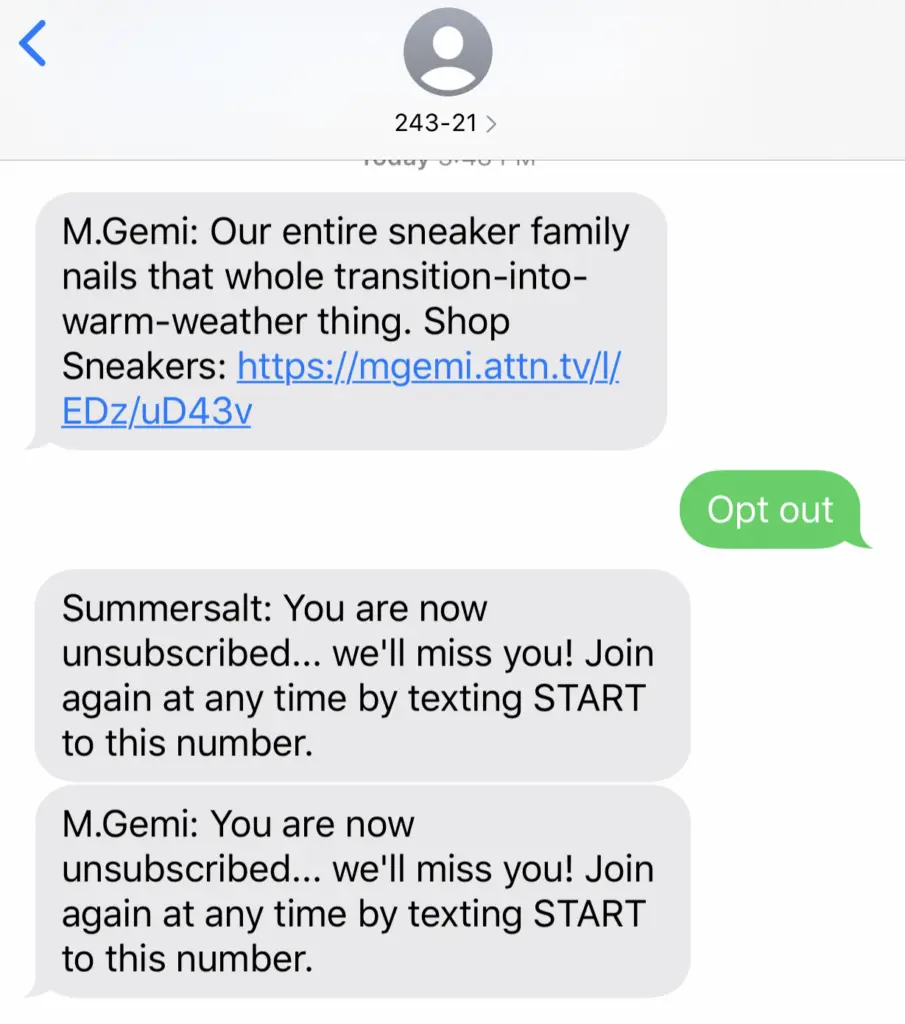
3. Short code regulations are changing
Due to some of the issues mentioned above, many carriers are actually removing the ability to send from shared short codes. In fact, many carriers already began restricting the use of shared short codes in 2019. Keep reading for more on the shared short code ban.
What’s next for SMS short codes?
The end is nigh for shared short codes. In March of 2021, mobile carriers began to retire all shared short codes, which meant that brands now need a dedicated short code or move to toll-free numbers or 10DLCs.
But this isn’t breaking news to most. Major carriers like AT&T announced as early as 2018 that they would eventually eliminate the use of shared short codes. In fact, many carriers had already begun restricting the use of shared short codes.
What does this mean for you?
If you use Klaviyo SMS, nothing will change—you’ve received the best user experience from day one by avoiding shared short codes completely with the foresight that they would be discontinued.
If you’re just starting out and you’d like to test SMS marketing, a 10DLC might be a good choice since it’s the most affordable option. But keep in mind that if you have more than 200 SMS subscribers for a single 10DLC, you may experience deliverability issues. As your subscriber list grows beyond this point, consider switching over to a toll-free number or dedicated short code.
For brands that can’t afford a dedicated short code but have already built up their SMS subscriber list, a verified toll-free number is the best option. Toll-free number delivery rates are better than long number delivery rates, especially when you verify the phone number.
Another option to consider is obtaining multiple 10DLC numbers. If you’re using multiple numbers, Klaviyo automatically remembers the phone number a customer first got a text from. This means that they’ll continue to receive texts from that original number, even if you’ve added a new primary phone number. This ensures your customers aren’t receiving SMS marketing messages from your brand from multiple phone numbers, which can create a disjointed experience.
Unfortunately, with shared short codes no longer available, many small businesses will be priced out of short codes with their SMS provider. This means they’ll have to resort to toll free and long numbers, which many SMS providers don’t offer.
Additionally, as providers scramble to come up with alternative options to the shared SMS short code, it may leave brands without an acceptable pricing option that fits their budget.
If you were using shared short codes with your current SMS provider, you would have moved to a dedicated number (either short, toll-free, or 10DLC) to ensure your texts are delivered to customers after carriers shut down shared short codes.
4 SMS short code best practices
When it comes to using short codes, there are a few tips and tricks to ensure you follow the rules and provide a great customer experience:
1. Understand SMS compliance
It’s important for your SMS campaigns to be in compliance with the local laws where you do business, so ensure your business complies with the Telephone Consumer Protection Ac (TCPA), Cellular Telecommunications Industry Association (CTIA), and other messaging authorities.
Whether you send from a short code or a long number, always respect your customers’ privacy and honour their opt in and opt out requests. Never spam or send unwanted messages.
2. Use vanity short codes for unique brand experiences
Vanity short codes can be a great way to create a memorable number that your customers can use to text to opt into campaigns, contests, discounts, and much more. Their versatility is often worth the extra cost because they can be used in print campaigns, billboards, digital campaigns, radios, podcasts, and other marketing channels. This can help you create unique customer experiences through SMS.
3. Make your brand apparent with personalised text messages
Include your brand name in your messages whether you’re sending from a long or short number. Most people don’t save businesses to their contact list (unless it’s a business that they regularly call for customer support, for example). If you mention your brand in your marketing messages, customers never have to guess where they’re coming from.
4. Use keywords in your short code texts
Attribution and tracking return on investment (ROI) are vital to the success of any marketing campaign. In order to understand attribution for SMS, use custom keywords to track the various sources you’re using to grow the SMS list.
For example, you may say “Text FB to XXXXX to get an exclusive offer” on Facebook and “Text ENTER to XXXXX to enter our giveaway” if you’re trying to grow your SMS list through a contest or giveaway.
Short codes as part of your SMS marketing strategy
Text messaging or mobile marketing is one of the best ways to engage with your audience, and short codes are just another tactic to further increase engagement.
If you’ve never launched an SMS campaign and you aren’t using SMS automation, there’s never been a better time to start than right now. As mobile phone usage continues to grow, SMS messages will be an asset as one of your owned marketing channels.
If you’re choosing between a long and short code for your brand’s SMS number, consider using a short code since it can provide higher throughputs, faster messaging, and help you drive better customer engagement.
Curious about how to get more out of your SMS marketing? Discover 9 SMS Customer Segmentations that drive engagement and repeat purchase

Related content
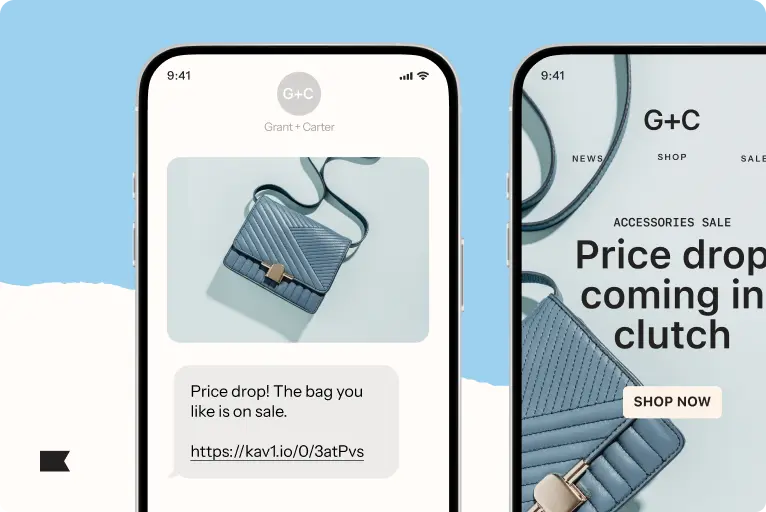
Discover 6 key factors to choose the best SMS marketing platform covering integrations, compliance, AI, and pricing to power smarter customer journeys.
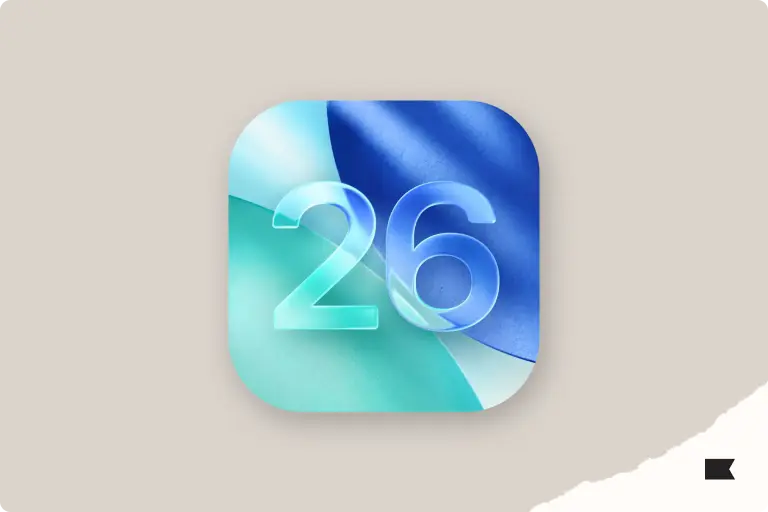
Inbox filtering, AI summaries, RCS, and link tracking changes are coming. Use Klaviyo to adapt quickly and keep your SMS strategy strong.
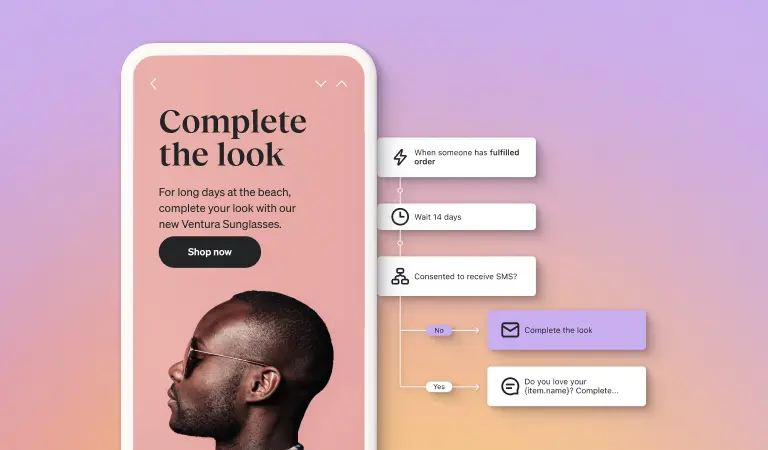
“I’m worried we’re going to create friction in the customer journey.” “I’m worried we’re going to get a lot of replies saying it’s spam.” “I’m worried people are going to unsubscribe and it’ll create bad experiences.” These are just a few of the very real concerns marketers have expressed when I’ve suggested SMS marketing. And, […]